If your business is still fumbling around with double entries and headache-inducing human errors in your inventory system, then, you are holding your business operations suspended in midair. There is no reason to delay upgrading your manual inventory system, in preparation for severe supply chain disruptions like the COVID-19 pandemic.
There are a host of robust, integrated inventory systems that easily sync product information across purchase order teams, inventory people, customer information staff, and modern media and ecommerce channels.
In this article, we present the 10 best inventory management systems, so you don’t have to spend precious time doing it yourself. These 10 leading inventory management software solutions pack cutting-edge features, like the use of better algorithms or artificial intelligence to better sort and track your products by any handle and tag of your choosing.

What are the 10 best inventory management systems?
As new technologies continue to bombard the business landscape, one would think that inventory problems are now things of the past. But nothing could be further from the truth. Many businesses have yet to embrace inventory management technology, resulting in inefficient inventory management. For instance, statistics on the technology adoption of supply chain firms revealed that only 40% currently use inventory and network optimization tools. However, 34% will be adopting this technology in the next one or two years, the highest recorded adoption rate for the various technologies included in the report.
Improving inventory management processes is especially crucial at a time when supply chain shocks that impact global production are becoming more frequent and severe, with the COVID-19 pandemic being just one of such disruptions. Exposure to these disruptions, multiplied by demand planning and inventory and other vulnerabilities in key areas results in value chain risks which can become costly. According to McKinsey’s report on supply chain resilience, 47% of business leaders plan to increase their inventory of critical products as part of their strategy.
Strategies for Increasing Supply Chain Resilience
Dual sourcing of materials: 53%
Dual sourcing of materials
53%Increase inventory of critical products: 47%
Increase inventory of critical products
47%Nearshoring and expanding supplier base: 40%
Nearshoring and expanding supplier base
40%Regionalizing supply chain: 38%
Regionalizing supply chain
38%Reducing number of SKUs in product portfolio: 30%
Reducing number of SKUs in product portfolio
30%Higher inventory along supply chain: 27%
Higher inventory along supply chain
27%Backup production sites: 27%
Backup production sites
27%Nearshoring of own production: 15%
Nearshoring of own production
15%Increase number of distribution centers: 15%
Increase number of distribution centers
15%Source: McKinsey, 2020
Designed byAside from building resilience, supply chain inefficiency can also be easily resolved with the use of various inventory management systems or tools that can help you get a firmer grip on your supply chain, track inventory and ship your products on time.
This is why we present to you the 10 best inventory management systems in the market. Their key features and functionalities will be discussed in detail. After this reading, you will have gained a better understanding of these tools and be on your way to finding the best one for you. Read about the main features and benefits of these popular systems, consider our tips for effective inventory management, and pick the right platform for your company’s needs.
1. NetSuite ERP

NetSuite ERP Inventory Management, is designed to put you in control of your inventory regardless of volume or location. It allows you to meet customer service expectations or supply work orders in your warehouse. Using its built-in tools and features, you can track inventory in several locations as well as monitor cycle points, re-order counts, and safety stocks. Intended for fast-growing mid-sized and large businesses, the solution ensures that you have ample inventory volume to fill in order demands anytime.
Among NetSuite ERP’s core capabilities are the automatic calculation of key settings, managing and viewing inventory across your organization, and multiple location planning. The application provides several tools to automate the critical process of maintaining the proper amount of inventory to address service demands. Its inventory count feature lets you categorize inventory according to transaction volume or value to further improve inventory tracking, keep precise item count, and have better control of your assets.
With its warehouse management capabilities, NetSuite ERP enables multi-location inventory tracking. It displays physical locations as a hierarchy, and you can create sub-locations or further break them down into bins for a deeper level of tracking. You can define bins and locations and store any item in any location for a holistic view of your inventory levels across all your physical facilities. NetSuite ERP’s comprehensive tools and automation features can support end-to-end processes, from managing your supply chain to maintaining an organized and detailed record of every item in your inventory wherever they are located.
Oracle’s cloud-hosted ERP offering is available by quote.
Detailed NetSuite ERP Review
2. ShipBob

An advanced comprehensive inventory management, WMS and e-commerce fulfillment platform, ShipBob is a popular choice among today’s wholesalers, retails, and eCommerce businesses. It is designed to help enhance the delivery times, shipping costs, and the overall shopping experience of customers. To do so, it uses a powerful combination of connected technology, strategically-located warehouses, and dependable fulfillment services.
You can integrate the software with various e-commerce platforms such as eBay, Shopify, BigCommerce, WooCommerce, and Amazon. It also has an extensive partnership with global forwarding companies, including UPS, DHL, and FedEx.
This innovative, end-to-end fulfillment solution offers a wide array of WMS features and tools. These include order management, product warehousing, distributed inventory, FBA preparation services, reports/analytics, and many more. The vendor uses a flexible tech-first strategy to order and fulfillment, which is why it offers customized, quote-based subscription plans.
Detailed ShipBob Review
3. monday.com
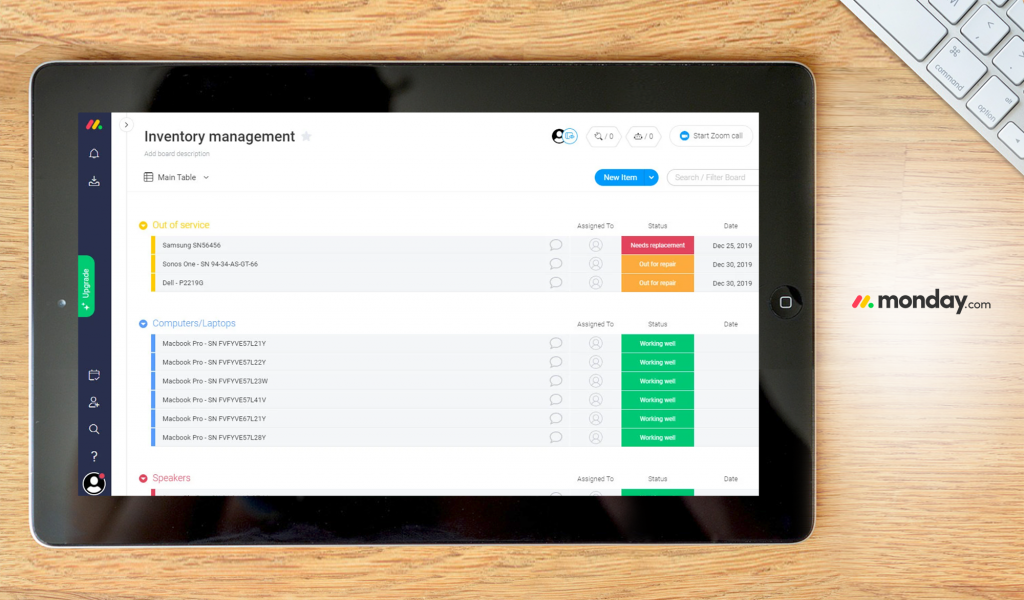
While primarily a collaboration software, monday.com comes equipped with tools that allow it to be used as an inventory management tool. It lets users categorize and tag list items as well as add a description, status, and due date for each item. This way, organizing your inventory and overseeing them is much simpler. Moreover, with @mention tools, this can be used to inventory tracking and management with other departments within your company. The only downside is that it does not automatically monitor your inventory as it gets depleted and restocked like other software built specifically for inventory management. That said, some manual data input may still be necessary.
The platform compensates for this, however, with its ability to play well with any existing software. It has native integrations with popular platforms such as Asana, Slack, GSuite, Pipedrive, and Trello, among others. Moreover, with its open API capabilities, the platform allows users to build custom connections with virtually any third-party system that you need for your inventory management operations.
Last but not least, as monday.com is a collaboration tool first, it comes equipped with other features such as execution boards, knowledge bases, and communication options. That said, it can easily be used for other aspects of your workflow. For starters, it can function as a project management system, a task tracking platform, or a communication hub and info repository for your team. In case you are interested in taking advantage of this platform’s functionalities, the vendor provides affordable subscription plans depending on your unique requirements.
Detailed monday.com Review
4. Katana

Katana is a manufacturing ERP software to help businesses with their raw material tracking, production planning, and stock support. It allows you to make inventory adjustments easily and automatically calculate operation costs. In one centralized dashboard, you get complete visibility over your multi-channel inventory and all your sales orders.
Furthermore, Katana lets you manage your outsource manufacturing processes. With it, you can stay in control of all your orders, raw materials, and manufacturing operations across multiple locations.
It is also designed for easy implementation, so your team can easily get used to the software and start operations right away. You can investigate the product’s features closely at no cost thanks to Katana’s free trial plan.
Detailed Katana Review
5. GEP NEXXE
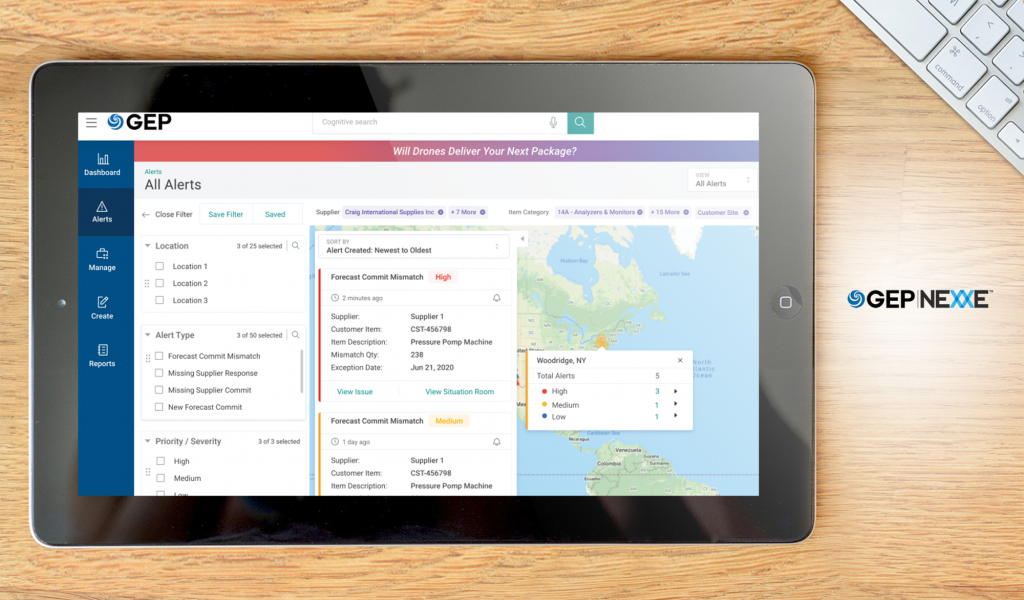
GEP NEXXE is another inventory solution loaded with next-generation features and capabilities. Built to streamline supply chain operations, GEP NEXXE offers inventory and warehouse management capabilities. It provides an end-to-end approach to planning, visibility, and execution of your supply chain operations. The solution also allows you to gain complete and real-time access to inventory levels across all your warehouse locations.
Another useful feature of the software is its inventory optimization, which helps you prevent frequent stockouts and overstock. With GEP NEXXE, you can optimize all your inventory components, including your safety stock, cycle stock, work-in-process items, raw materials, and finished goods. It also lets you enhance supplier intelligence for better inventory planning and stock visibility.
Detailed GEP NEXXE Review
6. Cova

Cova is a robust point-of-sale system created for merchants in the cannabis industry. It enables small and large businesses alike to facilitate fast and secure transactions as well as centralize all customer data to improve service. What is more, the platform has an advanced inventory system that makes it worthy to be added on this list. With it, users can monitor each item you include in your inventory until it is sold. It has real-time reporting as well to help you identify when you need to restock, what your top-selling products are, and what products are not being sold at all.
In addition to the abovementioned, Cannabis also has specialized features such as Cannabis compliance tools, age verification scanners, and statewide traceability. This way, you can be sure that your products and operations are always up-to-date with industry regulations.
Cova can also be integrated seamlessly with third-party solutions, such as ecommerce platforms, online marketplaces, CRM systems, accounting solutions, and ERP software. Pricing is only available by quote so be sure to contact the vendor to discuss your required features.
Detailed Cova Review
7. Ruby Has Fulfillment
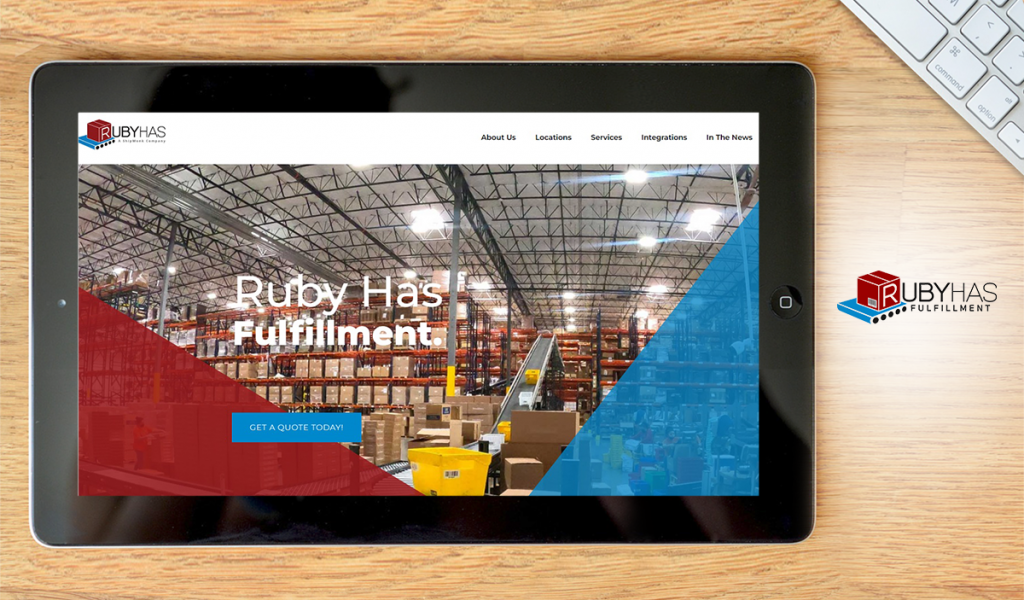
Ruby Has Fulfillment prides itself on helping businesses save up to 45% on freight costs. It is unlike any other platform in this list in that it offers same-day fulfillment and same-day shipping. The vendor has distribution centers in New York, California, New Jersey, Kentucky, Nevada, Ontario, and the UK. So, shipping to different locations is faster and easier.
With this product, you can ensure efficient logistic processes and precise order and inventory management. As this product has an API integration-ready interface, you can connect it to your order and inventory management systems. This way, you get greater visibility of your fulfillment process.
You can manage both your D2C and B2B operations in this system. The product also comes with top-notch customer care service so issues and concerns are handled swiftly and effectively.
Detailed Ruby Has Fulfillment Review
8. Sortly
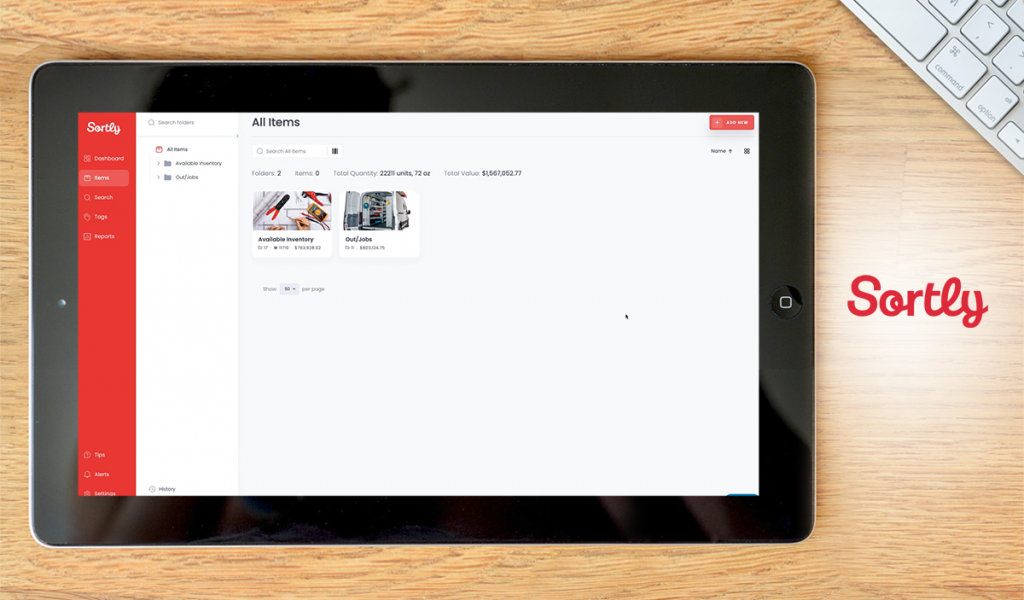
Sortly is a web-based inventory management platform that caters to the needs of small businesses. Equipped with features like QR scanning, barcode scanning, inventory tracking, activity reports, and status reports, this platform can digitize and streamline every aspect of inventory management. It even allows users to track multiple inventory locations, so you not only see what items need to be replenished but also which warehouses they are needed.
Another nifty thing about Sortly is that it makes sure you are notified of low stock levels so you can order more before you run out. Users can choose to be alerted via email and in-app notifications. Moreover, the platform has custom dashboards where you can see your inventory status in real-time and even display other critical status reports. This way, you can have a 360-degree view of your operational performance.
Additionally, Sortly has native applications for both Android and iOS. It also has an offline mobile access so you can use the platform’s features without the need for internet connection. It will instantly update your data once you go back online.
Sortly pricing has a free plan inclusive of the basic functionalities of the platform. It has paid plans that start at $25/month and an Enterprise plan that is available by quote.
9. ManagerPlus

ManagerPlus is an enterprise asset management software designed to help businesses cut down operation costs while increasing profitability. The software comprises five separate modules for inventory management, work order management, asset management, inspection, and preventive maintenance, providing an end-to-end solution for enterprises in industries such as manufacturing, construction, and facilities management.
ManagerPlus’ inventory management module helps teams track inventory levels more accurately and set customized minimum and maximum levels for stock. Once inventory levels reach minimum levels, the system sends a notification to users. This makes it easier for managers to restock inventory when needed.
Another feature of ManagerPlus is that the software provides complete transparency into an enterprise’s inventory system. The software can provide lists of available parts and supplies, along with the total costs of these items, so users can easily see which items are needed and prepare work orders as needed. The inventory management module also works with warehouse systems to enable barcode tracking capabilities and provide essential data on warehouse utilization.
ManagerPlus’ inventory management features are available with the software’s Lightning Plus ($85 per user per month) and Lightning Experience ($125 per user per month) plans.
Detailed ManagerPlus Review
10. ShipHero
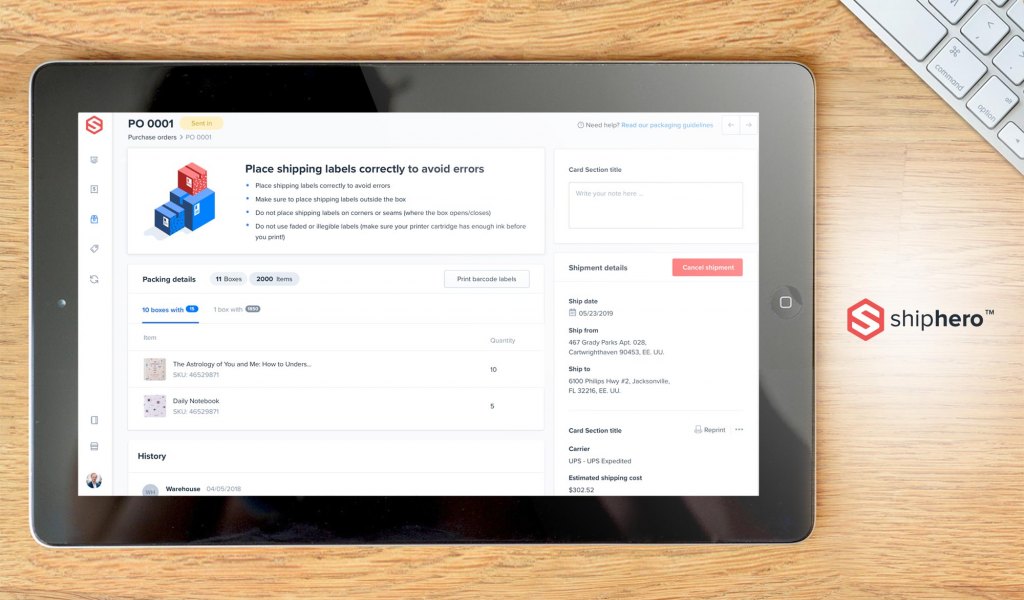
Designed to meet the growing complexity of ecommerce businesses, ShipHero is a comprehensive cloud-based order fulfillment software with robust modules for order management, inventory management, shipping management, and returns management. Aside from ecommerce businesses, 3PL providers will find in the application all the dynamic tools that they need to meet all the crucial processes involved in any order lifecycle.
The built-in auto-syncing inventory management module lets you dispose of multiple apps and spreadsheets to keep tabs on your products no matter if you’re operating from your own online shop or handling multiple sales channels. It ensures that you will never run out of stocks or get priced out by your competition on Amazon, eBay, or other big ecommerce names. Its smart warehouse module allows users to automatically locate the exact location of any ordered product. Its mobile implementation allows users to scan barcodes using their mobile devices, essential to verifying that all the items per order have been packed and are ready to be delivered.
Detailed ShipHero Review
The Changing Face of Inventory Management Software
If you think that inventory management technology has reached its apex, think again. The future of inventory management is seen to be shaped by the entry of new technologies, which can further extend to the whole supply chain. These innovations will surpass past technologies, which previously focused on automation that speeded up processes, reduced errors, and cut waste. The following are trends that are seen to impact the future of inventory management:
- Smart Order Management. Intelligent order management systems will help businesses ensure that the right products are delivered to the right customer on time, every time. They also ensure that no duplicate processes are carried out, along with the inaccurate shipment of products that are not in stock.
- Shop Anywhere Experience. With the increased popularity of mobile devices, customers are seen to benefit from businesses’ ability to improve customer experience by giving them access to products from virtually any machine or device. This means that any user can access shopping carts not only from desktops but from mobiles as well.
- Cloud and Other Technologies. Leveraging the power of the cloud is undeniably one of the greatest innovations in business technology. It has become a staple among many companies, allowing them to access their data and assets anytime, anywhere. It is this capability that makes a case for integrating other technologies like machine-to-machine interactions and the Internet of Things with the cloud. This setup further enhances automation; only this time, devices can monitor functionality by themselves.
- Inventory Data. Previously thought as a pie in the sky, real-time inventory data is now a reality, albeit, far from being perfect. The technology has been helping companies come up with efficiencies at a much faster pace. In this way, you can boost production by extending it to other facilities. All concerned parties are likewise given a clear view of the supply chain so that no one gets left behind.
- Data Analytics. Dubbed the most important technology to ever grace the business world, analytics help improve the way companies handle their operations. This is also true for inventory management, bringing order to their entire supply chains.
Start with Powerful Features or Go for Free
And we’re just about done here. By now, you should have a good idea of what app is right for you. NetSuite ERP Inventory Management makes a strong case because of its powerful features. If you want to learn more about its features firsthand, you can easily sign up for the NetSuite ERP Inventory Management demo to test drive the app.
If you are a small business owner, however, looking for free software to get the hang of the basic features, read our article on the best free inventory management software solutions. It will walk you through all the features and benefits that these products have to offer and help you navigate the unique inventory management challenges brought about by the pandemic.

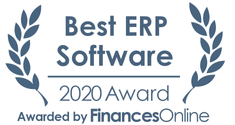




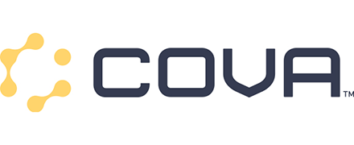





























Businesses that are fumbling around manual errors and glitches in their inventory system should definitely read this blog. Thanks for sharing!
Leave a comment!